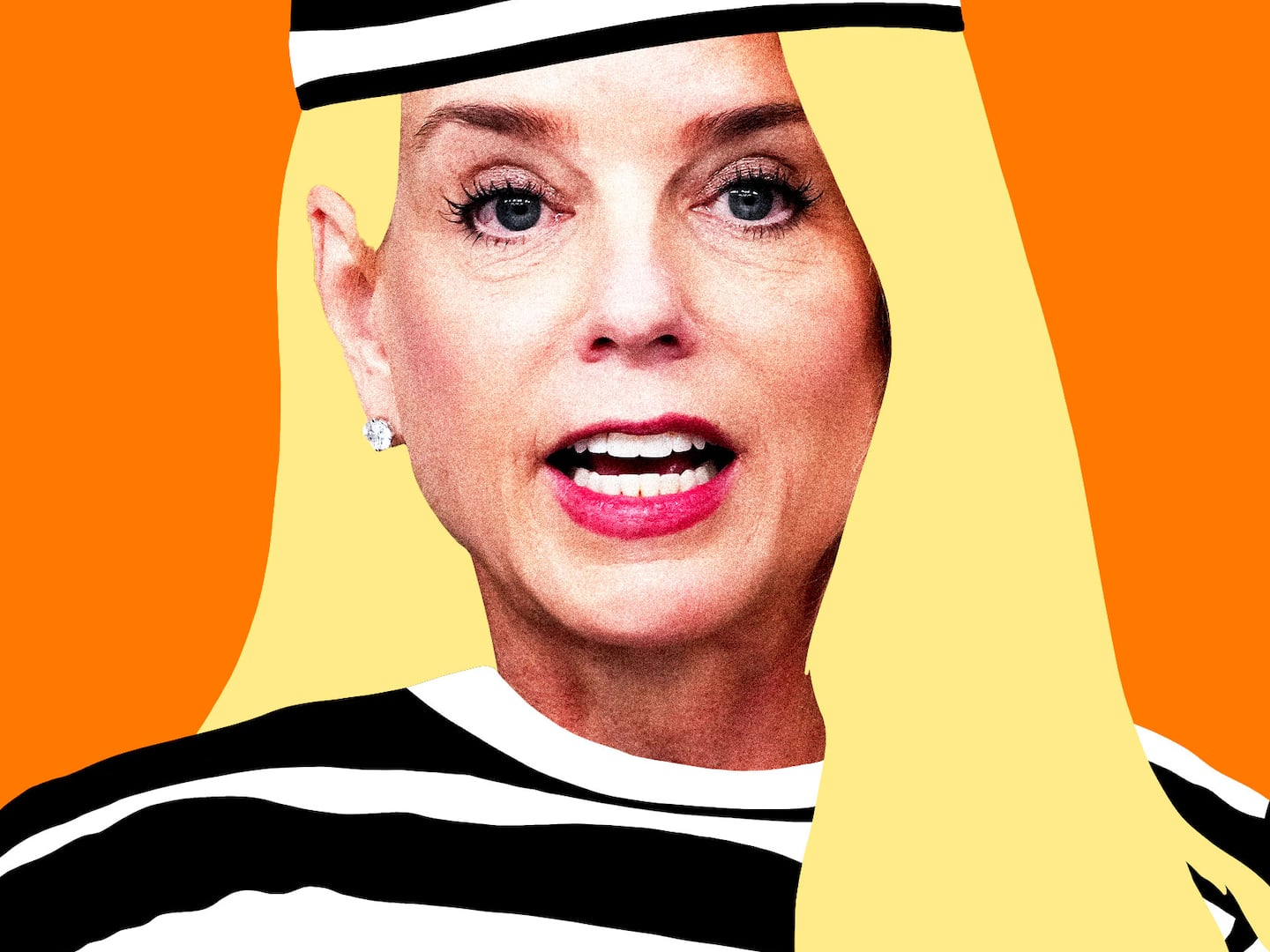Have you heard the reports that credit-card debt is falling, that Americans are chipping away at amounts owed from the tight times of the recession? They’re wrong. We haven’t actually paid off any credit-card debt since the onset of the downturn in 2008. And we are set to add a whopping $43.5 billion to our tab in 2012.
Let me explain. Consumer credit data is reported by the Federal Reserve each month, but the published statistics don’t include the billions of dollars banks are required to write off the books each year. And in the past several years, there’s been an epic level of write-downs: $85.6 billion in 2009, $77.1 billion in 2010, $45.5 billion in 2011, and $17.2 billion so far in 2012.
This matters for two big reasons. While charge-offs reduce the outstanding credit-card balances that banks report, consumers are still on the hook for charged-off credit-card debt for 3 to 15 years, depending on the state, and banks still try to collect on it. Want to tell them it doesn’t count?
Second, the charge-offs give us a misleading picture of what consumers are actually doing. If banks charge off $10 billion in one quarter, but consumers add $8 billion in new credit-card balances, the figures will show a decline in overall borrowing—at a time when consumers actually piled on more debt. That’s what has been happening in the economy. Outstanding credit-card balances have decreased by $190.5 billion since 2008. Great! But there have been $226 billion in charge-offs in that period. So instead of paying down a hefty amount, consumers have actually added $35.5 billion to their credit-card bills. If people were really paying down credit-card debt, the outstanding credit volumes would be falling much more rapidly.
The most recent numbers don’t paint a much more encouraging picture either. While we did a better job paying our credit-card bills during the first two quarters of 2012 than during the same segment of 2011, the improvements were, unfortunately, only marginal. And we’re expected to tack $43.5 billion onto our overall tab by the end of 2012.
Does it matter? Absolutely.
Credit-card debt reflects our spending habits as a society and, more importantly, whether or not we tend to pay back what we owe. A societal pay-for-it-later mentality can indicate that people are strapped financially and vulnerable to being dragged down by any unexpected cost or interruption of income, such as could be caused by the world economy taking a turn for the worse. Widespread defaults would, of course, only complicate matters.

A steady pay down, on the other hand, would seem to indicate that consumers finally understand the importance of living within their means and, armed with increased spending power borne from the continuing economic recovery, are working to become debt-free entirely.
The fact that our reliance on credit-card debt is actually worsening, despite reports to the contrary, should therefore seem a bit more significant now.
The good news is that charge-offs and delinquencies are actually reaching pre-recession levels, having dropped 20 percent and 37.2 percent, respectively, since the first quarter of 2011. But even that news comes with a caveat. People are still overspending; the improved economy is simply helping them stay afloat. That can last for a while, but once interest becomes overly burdensome and there aren’t as many jobs to go around as once was the case, well, you know what happens next.
In order to avoid reaching that tipping point, two things need to happen: (1) We need to figure out a way to rein in spending; and (2) We’ve got to attack our balances. Interestingly, just as credit-card usage trends have helped us identify the inherent problem with consumer spending, they may also offer a solution.
People aren’t going to stop using plastic, but they can use it more strategically. For starters, designating a single credit card as being only for everyday purchases provides a better perspective on personal finances and a warning system for when spending starts to get out of hand. By definition, living within your means requires paying for everyday expenses in full every month. Next, consumers should rank recurring expenses in order of importance and cut those that exceed the amount they’ve determined they can spend each month. Most issuers allow cardholders to set alerts for when the balance crosses a certain threshold. Using a card for everyday spending also effectively enables consumers to subsidize spending with the best possible rewards, since they don’t have to worry about interest rates.
Finally, consumers should focus on 0 percent cards and offers as ways to tackle their debt problems. Consumers would be smart to designate a separate card as being strictly for revolving debt, and then transfer any existing balance to it. A credit-card calculator can help figure out which card saves the most money. A borrower with the average household credit-card debt of around $7,000 can expect to save somewhere in the neighborhood of $800 in interest charges over 15 months by using the Slate Card from Chase, which offers a 0 percent introductory rate for 15 months and does not charge a balance-transfer fee.






